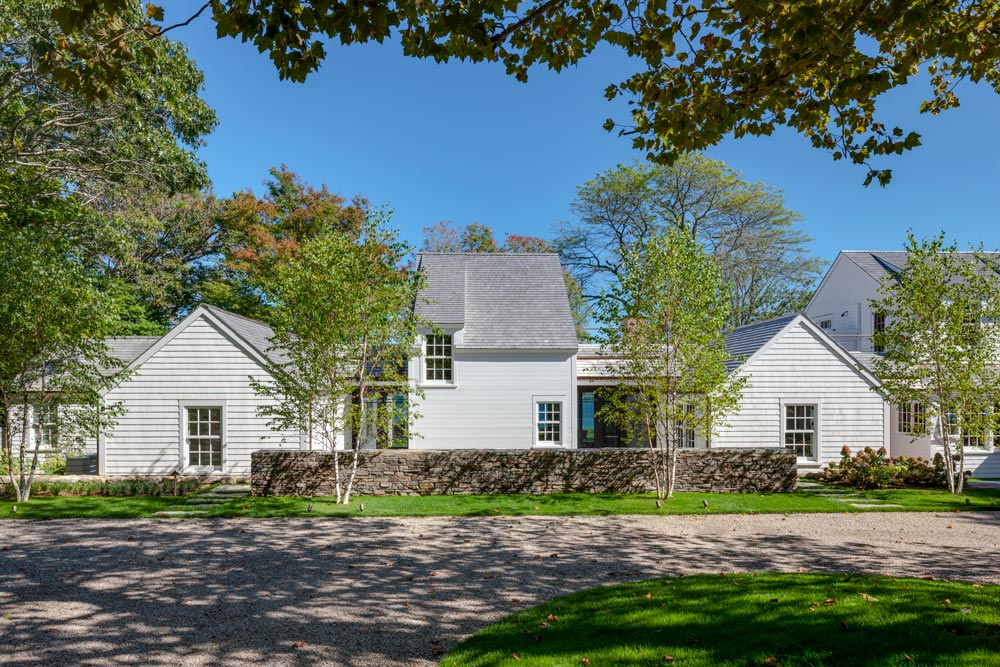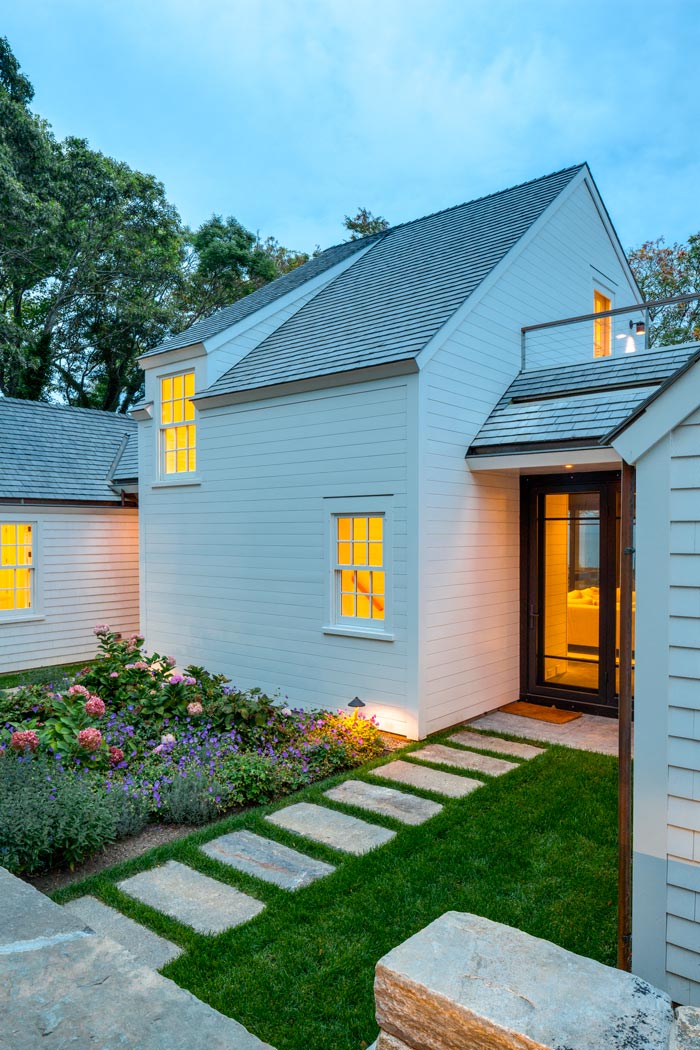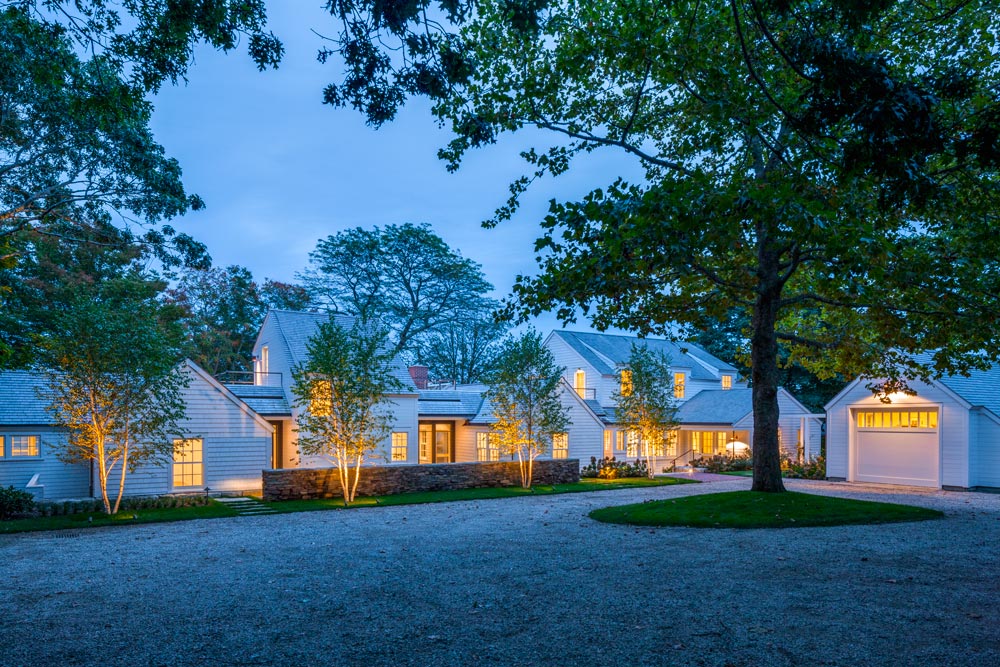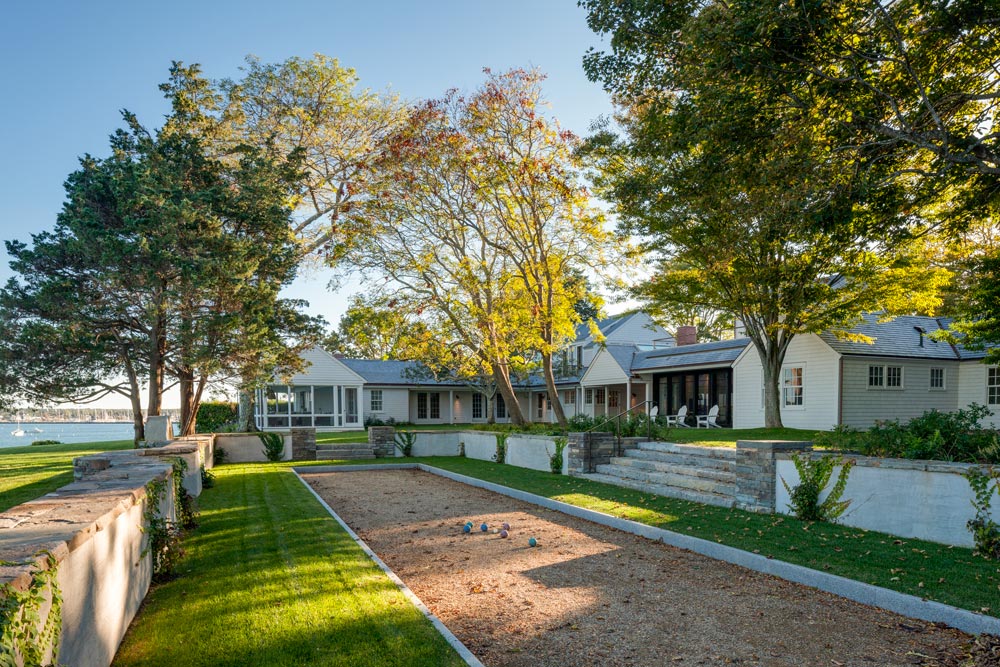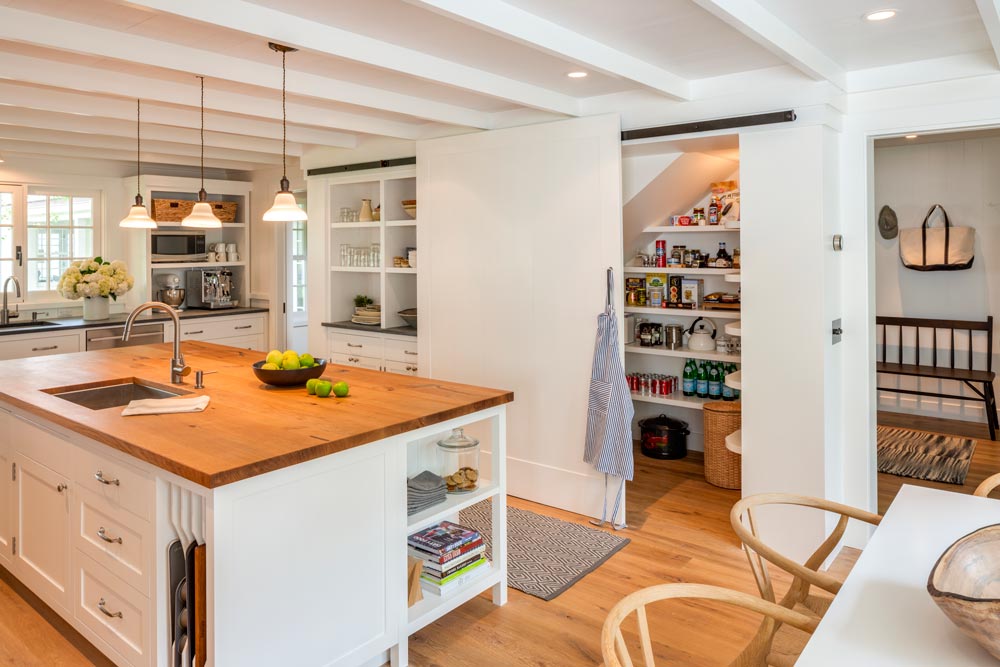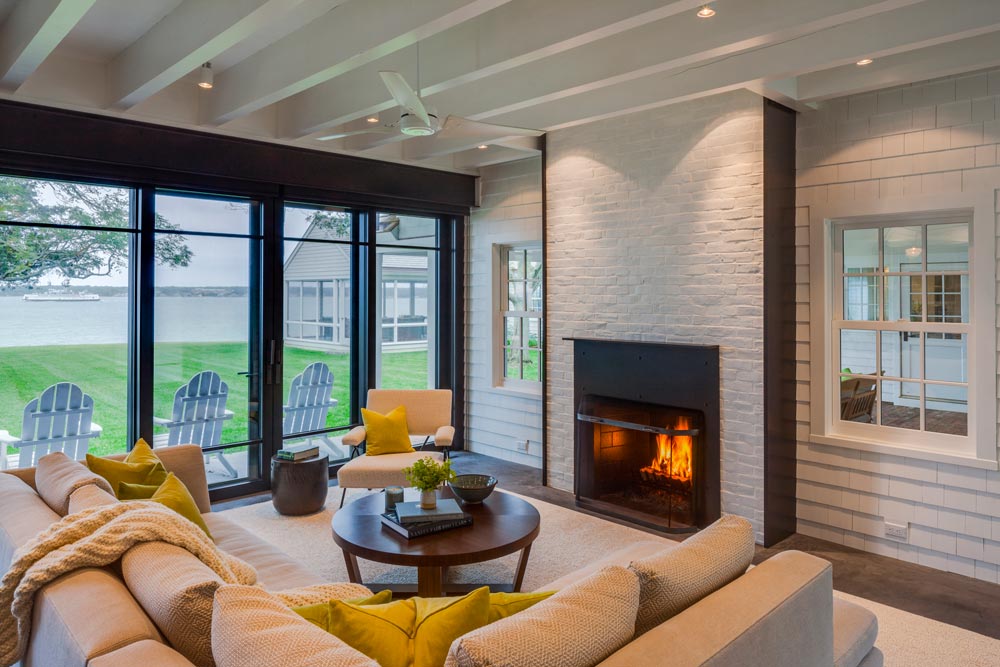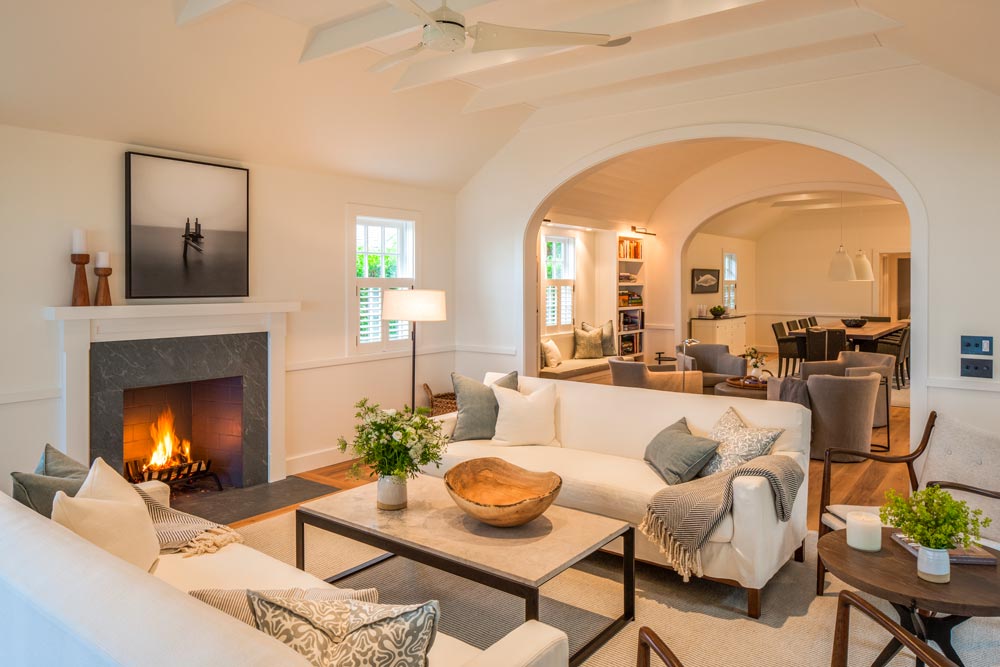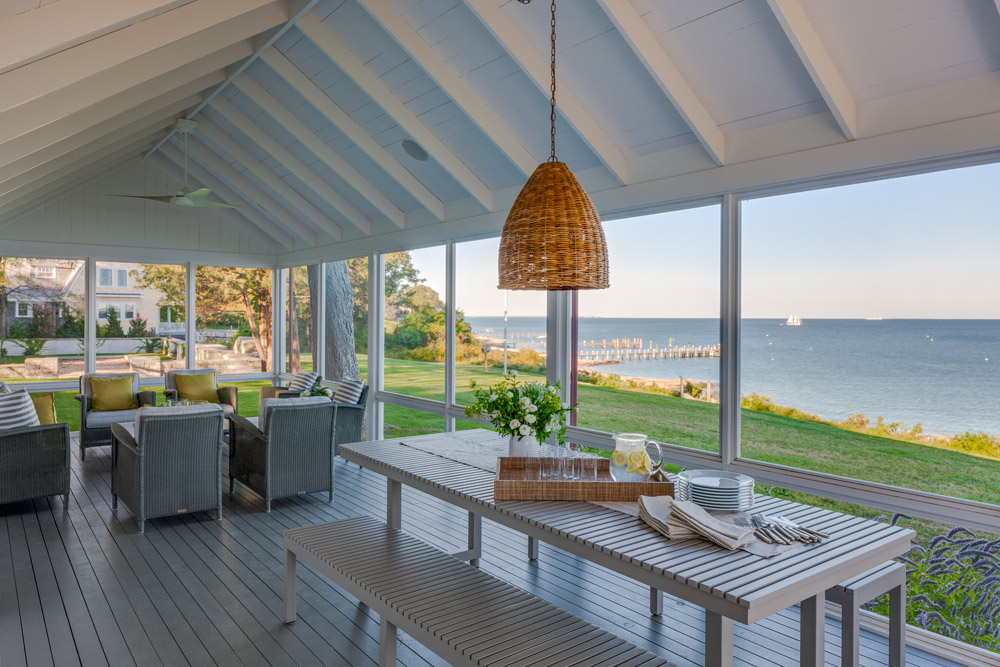Seeking to not bite off more than I can chew with my gardening this season, I am currently focused on an herb garden. When thinking about an herb garden you basically have three types to choose from: a culinary or edible herb garden, a fragrant or potpurri herb garden or a medicinal herb garden. I am interested in a culinary one and have a medium size bed right next to the house that I think will work quite well.
The next decision to make is whether you want a formal or an informal herb garden. Formal gardens are usually geometric with a strong focal point and while beautiful, can require more upkeep. The garden bed that I am planning on using is an irregular shape which basically makes the decision for me - informal. Plus I like the more wild, organic designed garden beds anyways.
Step three is deciding on the herbs that you actually want to plant and then figuring out if they will work in your garden - this is the most time intensive step. I am most interested in basil, parsley, thyme, oregano, rosemary, sage, mint, dill and cilantro. I am after functionality and these are herbs I think we would enjoy cooking with the most. However, I know they might not all necessarily work well together. For example, lots of varieties of mint are very aggressive and thus do better in a container.
With a little bit of research, I learned there are three types of culinary herbs: herbaceous, evergreen and annuals. It is recommended that you mix types although this requires some further studying as classification depends on particular hardiness zone. Herbaceous plants die back in the winter but return in the spring. In Saint Louis, which is zone 6, oregano is an example of the herbaceous variety. Evergreens such as sage and rosemary keep their foliage through winter where they are hardy. Rosemary is hardy in zones 7-10 and sage is hardy in zones 5-8. From some quick reading it seems rosemary can also successfully be grown as an evergreen in zone 6 depending on the given winter. Annuals are, of course, herbs that need to be replanted "annually" such as basil. I think of of my list of 9 herbs - oregano, thyme and mint are herbaceous, sage and rosemary (maybe) are evergreen and basil, parsley, dill and cilantro are annuals.
Keeping in mind what type of culinary herb you are planting you then have to think how big and how tall a given plant will grow to be. In general, you want to keep the taller plants in the back so that you can more easily access your shorter herbs.
Another thing to consider is if you are going to mix in other plants into your herb garden. In my garden bed, I have some well established hostas that I plan on keeping. I also like the idea of planting some edible flowers to add color.
Finally, the three most important factors to consider when planning an herb garden - sunlight, water and soil conditions. Most herbs require full sun, consistent watering and well drained soils. In our case, I am fairly confident the given bed meets these criteria but its always an experiment. Since there are still a couple weeks before ideal planting time, I am going to continue to plan and research and have already given myself a head start by adding a nice layer of compost to enrich the soil.
Want to read more? Check out one or all of these related posts.
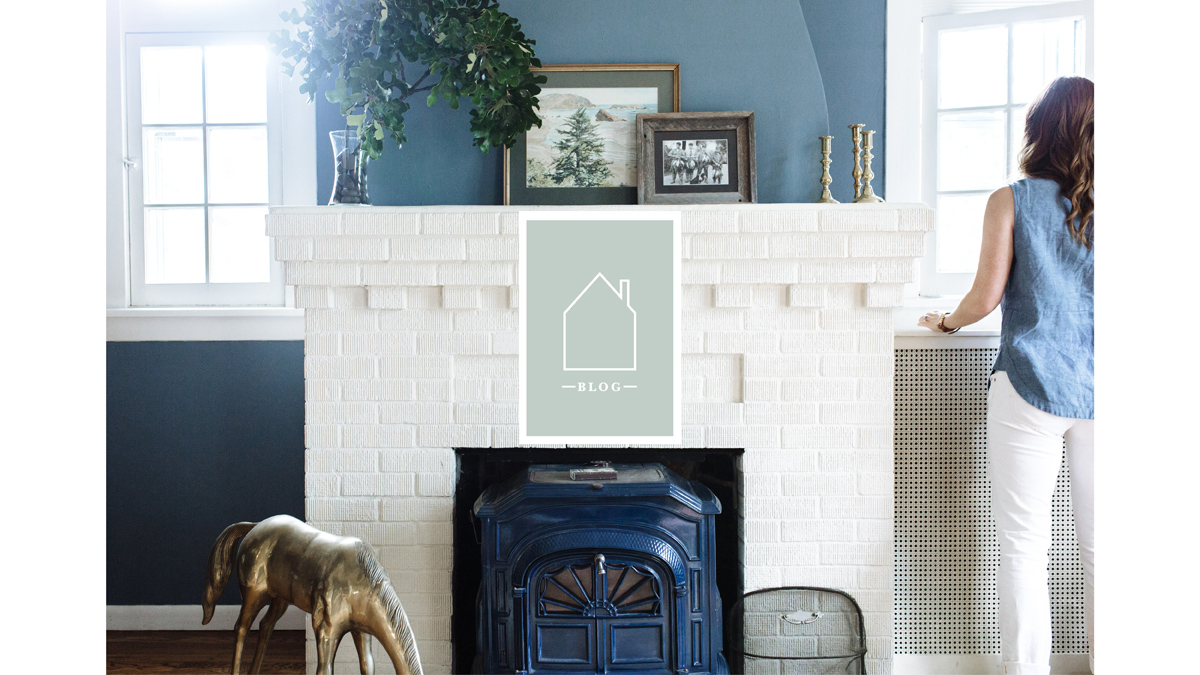 asdfsdf
asdfsdf













